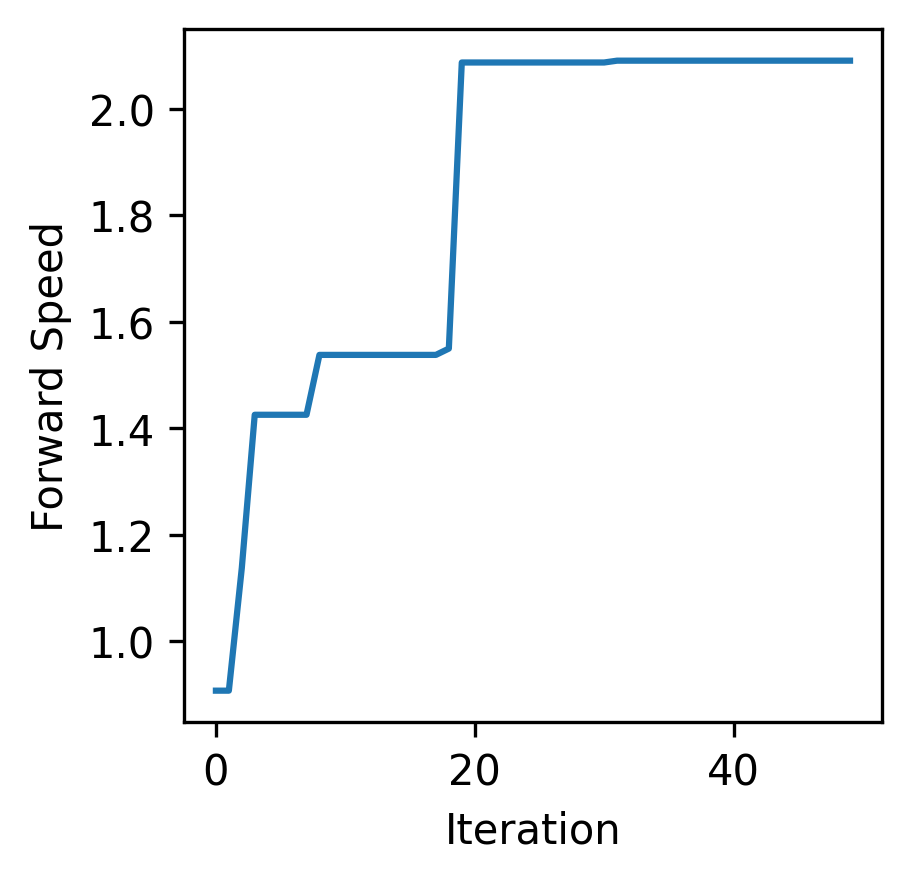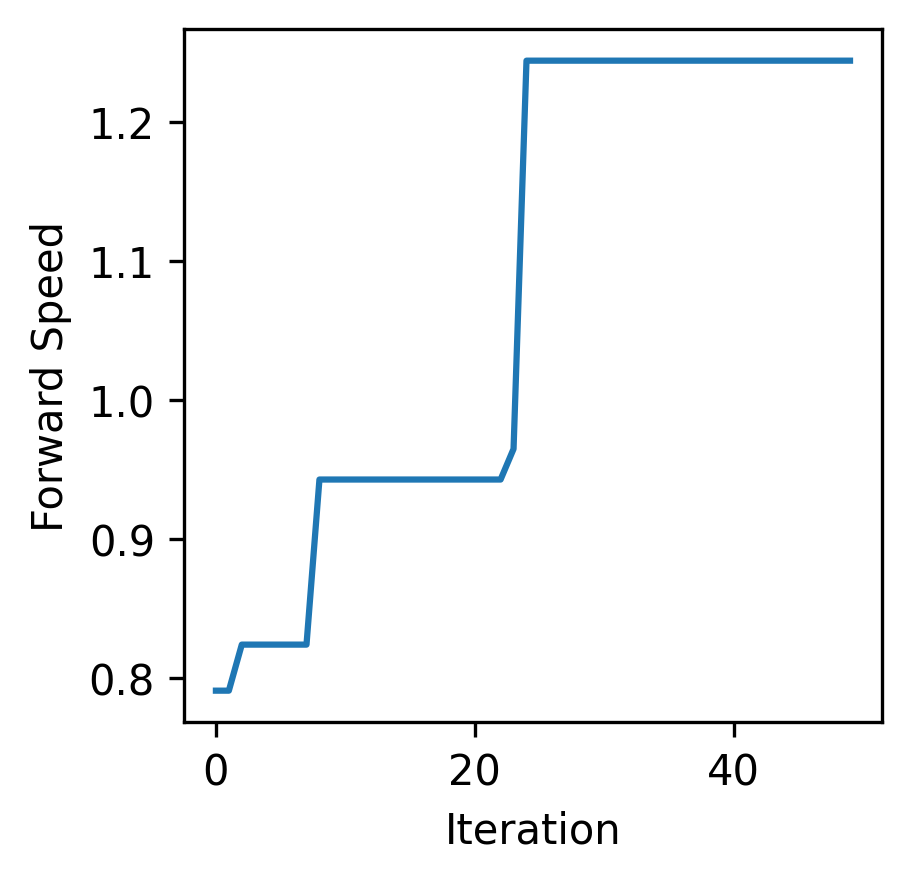
Figure 1. High-dimensional musculoskeletal system control over a large collection of motion tasks.
In this paper, we aim to control high-dimensional musculoskeletal systems to achieve movement tasks.
We expect the control method to have the following properties:
• (near) real-time control generation
• training-free deployment over different task and environments
• robust performance subject to sudden model changes
We use the model, MS-Human-700, as the target high-dimensional musculoskeletal system.
It is a comprehensive whole-body model consisting of 90 rigid body segments, 206 joints, and 700 muscle-tendon units.
Both non-linearity neural-muscle-joint dynamics and the high-dimensional state and control spaces presents significant challenges to control the system.



